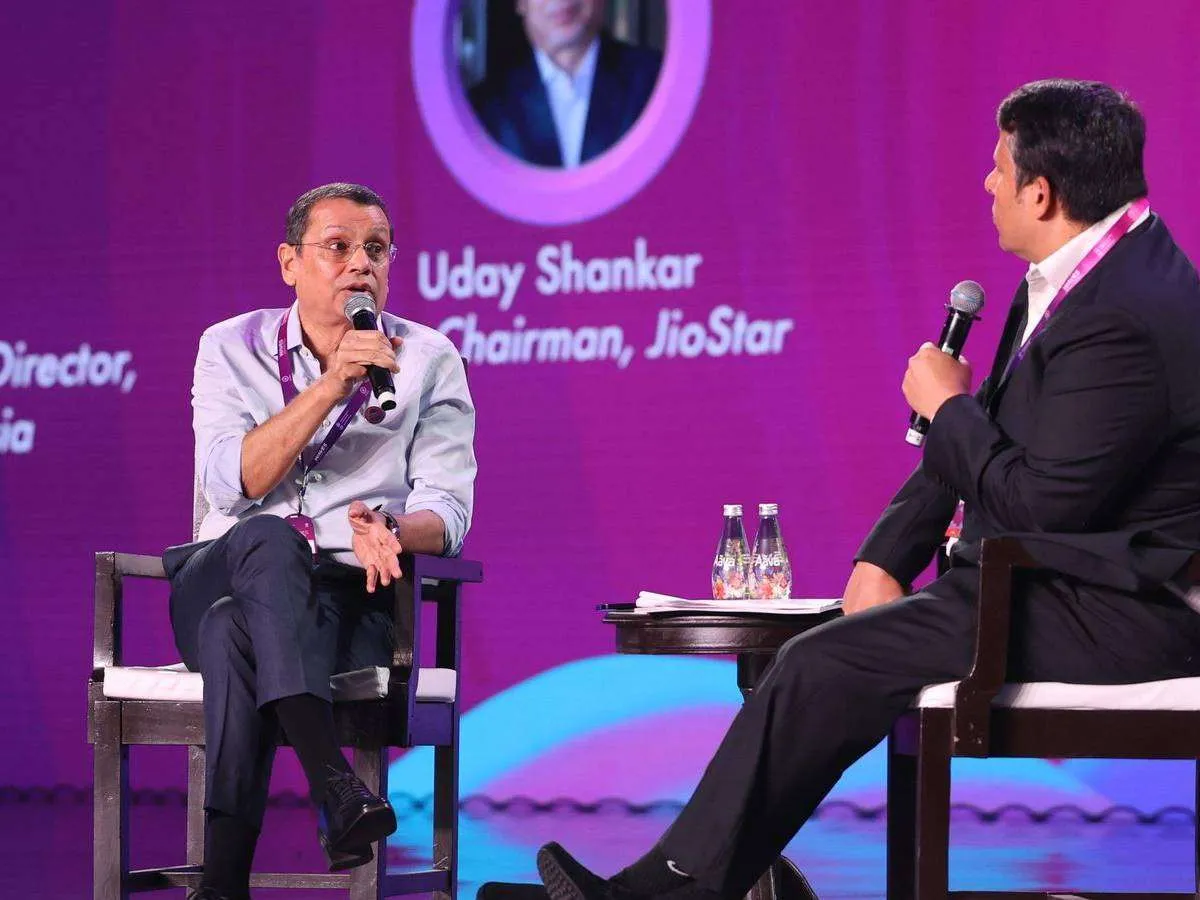
A recent fireside chat at WAVES between Uday Shankar, Vice Chairman of JioStar, and Vivek Couto, Managing & Executive Director of Media Partners Asia, titled “Media in India: Past 25 Years and Journey Ahead—to 2047,” offered a compelling reflection on the evolution of Indian screen and video entertainment. Their insightful discussion traversed key milestones, challenges overcome, and the promising trajectory of this dynamic industry.
Shankar commenced by highlighting the “spectacular global story” of Indian media’s surge over the past 25 to 30 years. He underscored the unique resilience of television in India, thriving alongside the remarkable rise of streaming video consumption. The early 90s launch of satellite television and the subsequent cable and satellite revolution were identified as pivotal moments, initially disruptive but ultimately expanding the market and attracting a broader consumer base.
A crucial point Shankar emphasized was the affordability-driven accessibility of television in India, a factor that fueled rapid adoption unlike the decades-long growth in developed nations. He lauded the significant local enterprise, creativity, and domestic capital that propelled television and video consumption from near zero to ubiquity within a decade. While acknowledging imperfections, he affirmed that the “overall growth and explosion of video consumption and content in the last quarter-century is an astounding achievement.”
Couto built upon this by recognizing the government’s enabling role through FDI deregulation alongside domestic initiatives. He then steered the conversation towards distribution, noting how the journey of television, culminating in the 4G revolution and the emergence of platforms like Hotstar, democratized access. He then questioned whether content creation had kept pace with this democratization.
Shankar responded that it was “still early days” for streaming, highlighting Hotstar’s relatively recent inception. He pointed to the significant growth, with approximately 700 million people now engaging with streaming content. While acknowledging that content has “by and large, yes” kept pace in certain segments like sports, where distribution into regional dialects significantly expanded the market, he cautioned that viewers are “far ahead of providers.”
He critiqued the reliance on imported models, asserting that simply bringing globally successful content to India is “highly limiting at best.” Shankar stressed the need for significantly more locally tailored content that resonates with Indian tastes, with the potential to then travel globally.
Turning to the economic landscape, Couto noted the Indian screen entertainment industry’s current $30 billion size compared to the US and China, highlighting its impressive growth from $500 million over the past 30 years. He inquired about the projected trajectory for the next 15 years and the key growth drivers.
Shankar expressed confidence that the growth rate of the past 30 years could continue, emphasizing three crucial drivers. Firstly, the creation of more customized content for Indian needs. Secondly, deeper distribution penetration through telecom, broadband, and data expansion. He cautioned against a “one-size-fits-all” approach, advocating for content beyond global imports and Mumbai-centric productions. Thirdly, he stressed the need for a stronger creative infrastructure, lamenting the limited capacity and access to storytellers, writers, producers, directors, and actors. He observed a disconnect, stating that “consumers in this country are way ahead of producers, and that gap needs to be bridged.”






